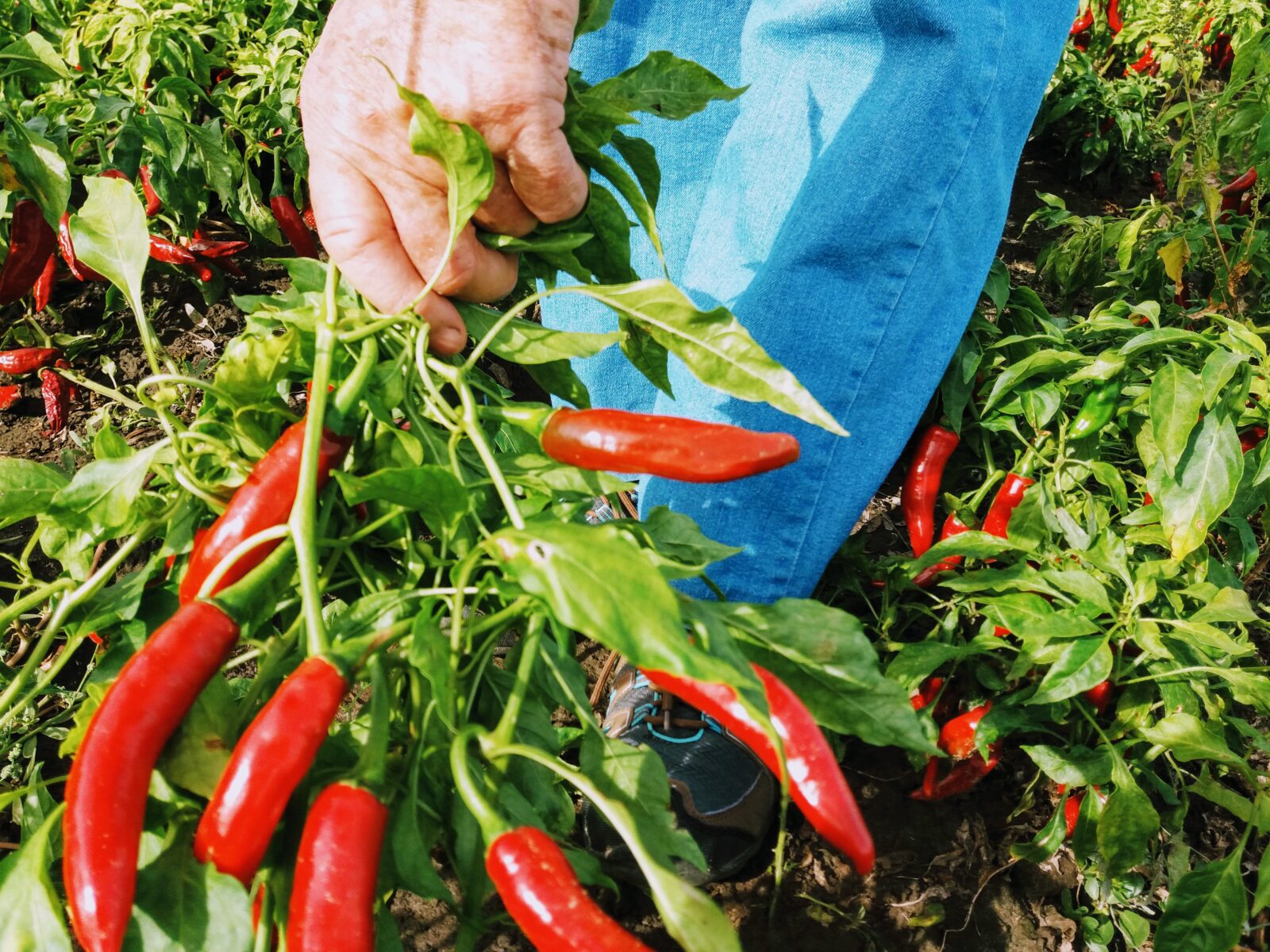-
×
 Sauska Furmint 2024
Sauska Furmint 2024 Delivery time: 1-5 working days
Includes: 0,75 l
1 × €10,90 €14,53 / l
Updates, Wine Styles & Trends
Tokaj’s Dry Side: A New Era in Hungarian Wine
At first glance, Tokaj seems like a place where time stands still. Nestled in northeastern Hungary, near the borders of Slovakia and Ukraine, it’s a sleepy region with winding, poorly-maintained roads that traverse its iconic volcanic hills. Horse-drawn carriages occasionally clip along the streets, and the village pub, or “kocsma,” is often the only lively spot on an otherwise quiet afternoon. Wine has been made here for centuries, and it feels like everything has its place in a time-honored rhythm.
But look a little closer, and you’ll see that Tokaj is evolving rapidly. Historically renowned for its world-class sweet wines like Tokaji Aszú, the region is now making waves with exceptional dry white wines, and even sparkling wines. After decades of stagnation under communism, Tokaj—like much of Hungary’s wine industry—has been rediscovering its identity and reestablishing its reputation. The road to revival hasn’t been easy, and there’s still much debate about where the region should go, but one thing is clear: Tokaj is on the rise again.

The volcanic soils of Tokaj, formed by over 300 extinct volcanoes, are some of the most complex in the world. This diverse terroir, combined with the cooling breezes of the nearby Tisza and Bodrog rivers, creates ideal conditions for winemaking. The region’s winemaking history dates back to at least the 12th century, with some evidence suggesting that wine production may have started even earlier. Tokaji Aszú, the legendary sweet wine, made the region famous throughout Europe in the Middle Ages. But today, Tokaj is becoming equally known for its vibrant and mineral-driven dry white wines.
New Beginnings After Communism
The fall of the Iron Curtain in 1989 marked a turning point for Tokaj. While the production of sweet wines resumed, winemakers quickly realized that the global demand for dry wines was growing. Pioneers like István Szepsy began experimenting with dry wines in the 1990s, discovering that the region’s unique terroir, traditionally used for sweet wines, could also produce stunning dry whites. However, making dry wine required a completely different approach. In contrast to the botrytis-laden grapes used for sweet wines, dry wines demanded pristine, clean fruit with no trace of rot, precise hygiene in the cellar, and careful fermentation techniques.

Early attempts at dry Tokaji wines were often heavily oaked, but the focus has shifted over the years. Today, the best dry wines from Tokaj emphasize pure fruit expression, often made in stainless steel to preserve the fresh, vibrant character of the grapes. Furmint, the region’s flagship grape, shines in these wines, offering a broad range of styles—from zesty, mineral-driven wines to more structured, age-worthy bottlings. Hárslevelű, another key variety, adds a richer, rounder dimension with its aromatic, honeyed profile.
A New Wave of Winemaking
While established names like Degenfeld and Royal Tokaji continue to deliver consistent quality, many of Tokaj’s most exciting wines are now coming from smaller, boutique producers. Wineries like Balassa, Gizella, and Kikelet are crafting beautiful wines in small quantities, while a wave of unconventional winemakers, including Szóló and Homonna, are making a splash with natural, minimal-intervention wines that embrace tradition while pushing boundaries.
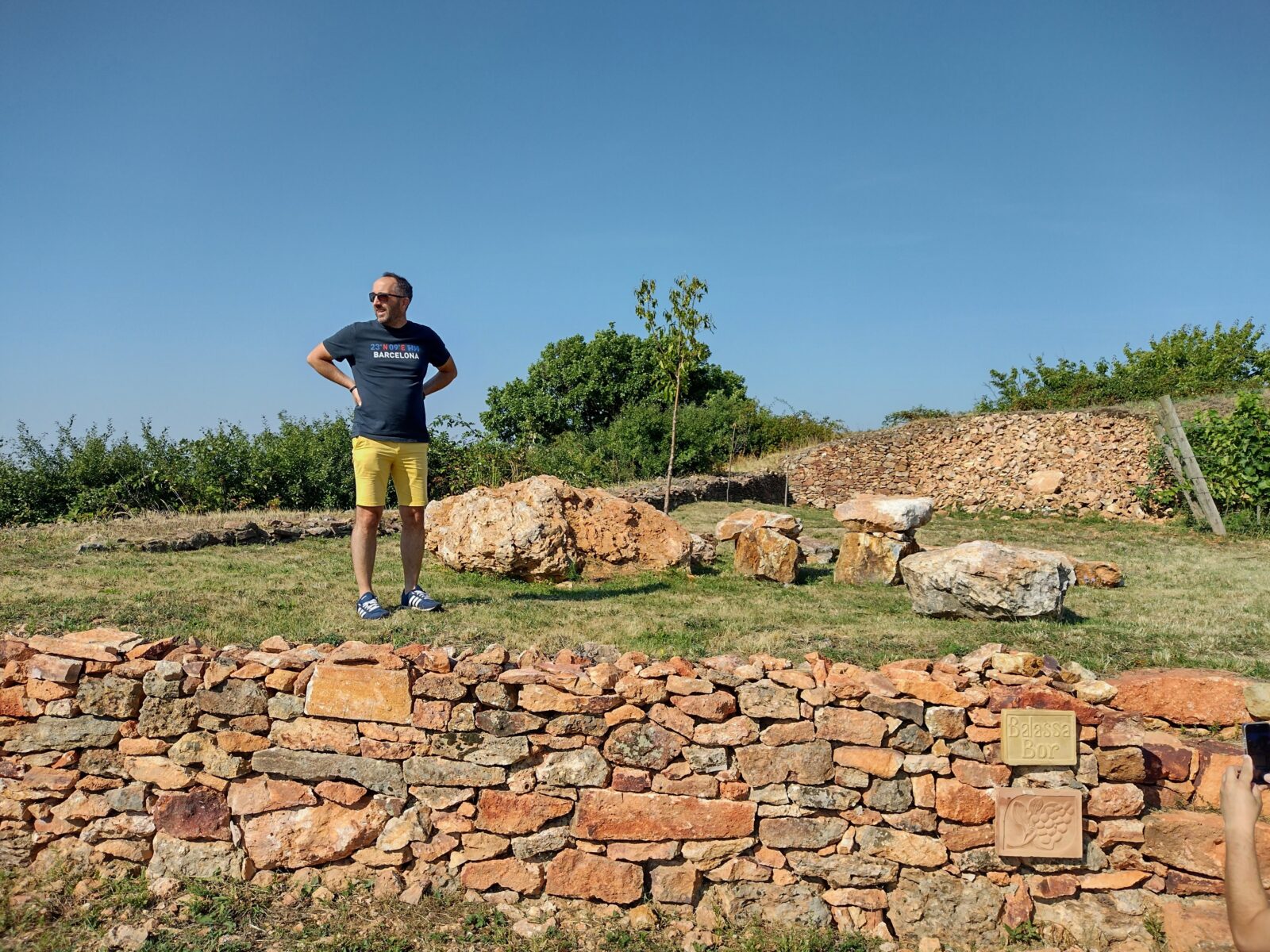
Sauska, known for its sleek, modern winery, is not only producing excellent dry wines but has also made waves with its sparkling wines, adding another dimension to Tokaj’s evolving portfolio. Investments in the region, including new wineries and infrastructure, are hopeful signs, but it’s still uncertain how much these developments will benefit the local communities. Despite its global fame, Tokaj remains one of Hungary’s poorest regions, and many hope that the recent influx of tourism and investment will lead to broader prosperity.
Tokaj’s Evolving Traditions
Another exciting development is the emergence of high-quality “entry-level” dry wines. These easy-drinking, everyday bottles still showcase Tokaj’s volcanic minerality and complexity but are more accessible in style and price. Wines like Gizella’s and Balassa’s estate blends or Sauska’s Yellow Muscat are great examples, offering a glimpse of the region’s potential without requiring a deep dive into the more complex, age-worthy wines.
As Tokaj continues to redefine itself, one thing is certain: this region, with its unique grape varieties, ancient soils, and a winemaking tradition that spans centuries, has an incredibly bright future. Whether it’s the timeless appeal of Tokaji Aszú or the exciting new wave of dry wines, Tokaj is once again earning its place among the world’s greatest wine regions. Now, all eyes are on how this corner of Hungary will balance its rich past with the innovative spirit of its present and future.
-
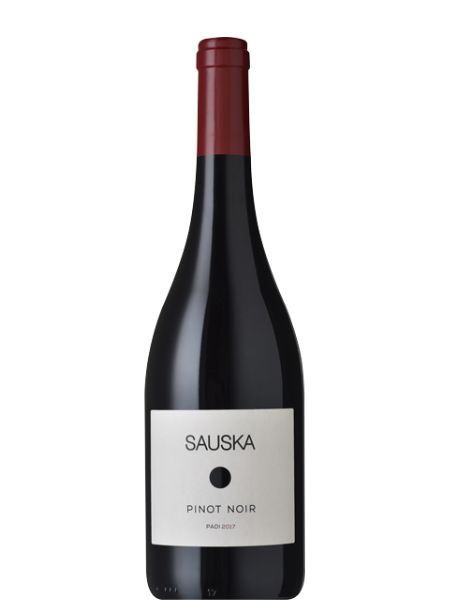 Sauska Padi Pinot Noir 2022€33,90
Sauska Padi Pinot Noir 2022€33,90€45,20 / l
incl. VAT
excl. shipping costs
-
 Sauska Late Harvest Cuvée 2023€17,50
Sauska Late Harvest Cuvée 2023€17,50€35,00 / l
incl. VAT
excl. shipping costs
Delivery time: 1-5 working days
-
 Royal Tokaji Late Harvest Cuvée 2018/2019€12,50
Royal Tokaji Late Harvest Cuvée 2018/2019€12,50€25,00 / l
incl. VAT
excl. shipping costs
Delivery time: 1-5 working days
-
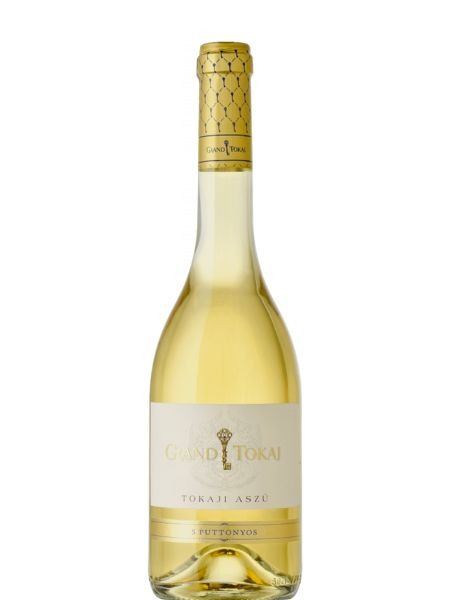 Grand Tokaj 5 puttonyos Tokaji Aszú 2017/2019€31,90
Grand Tokaj 5 puttonyos Tokaji Aszú 2017/2019€31,90€63,80 / l
incl. VAT
excl. shipping costs
Delivery time: 1-5 working days
-
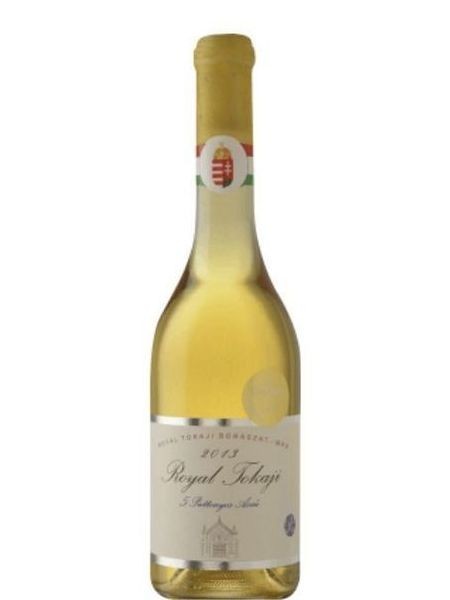 Royal Tokaji 5 puttonyos Tokaji Aszú 2018€33,90
Royal Tokaji 5 puttonyos Tokaji Aszú 2018€33,90€67,80 / l
incl. VAT
excl. shipping costs
Delivery time: 1-5 working days
-
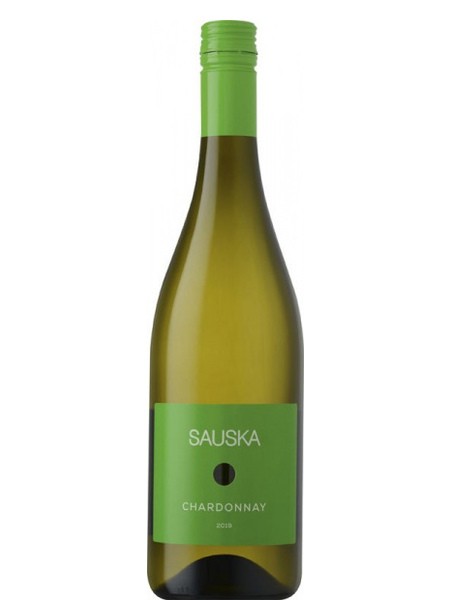 Sauska Chardonnay 2024€13,90
Sauska Chardonnay 2024€13,90€18,53 / l
incl. VAT
excl. shipping costs
Delivery time: 1-5 working days
-
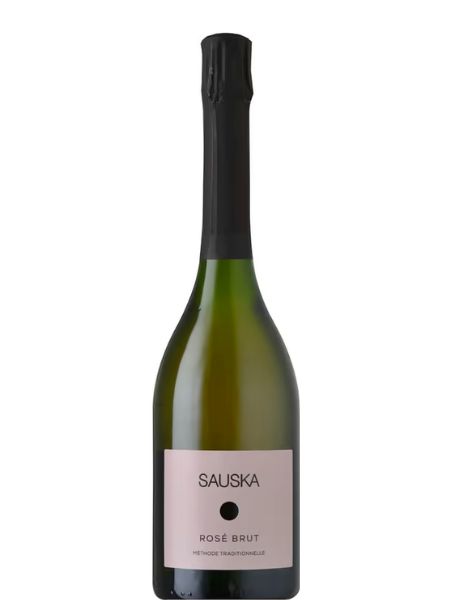 Sauska Rosé Brut€21,50
Sauska Rosé Brut€21,50€28,67 / l
incl. VAT
excl. shipping costs
Delivery time: 1-5 working days
-
 Sauska Brut€19,50
Sauska Brut€19,50€26,00 / l
incl. VAT
excl. shipping costs
Delivery time: 1-5 working days
-
 Sauska Furmint 2024€10,90
Sauska Furmint 2024€10,90€14,53 / l
incl. VAT
excl. shipping costs
Delivery time: 1-5 working days

 Deutsch
Deutsch
